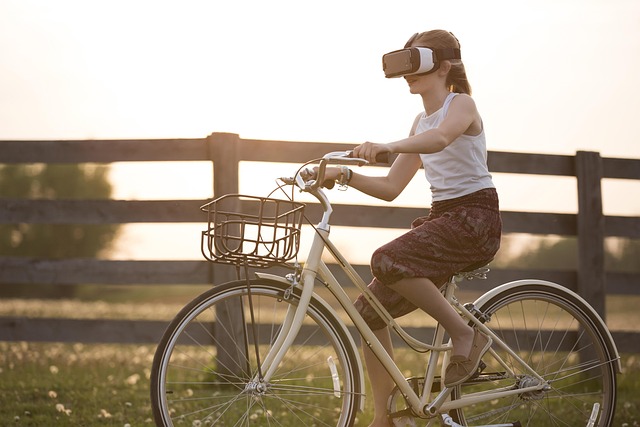Exploring the Benefits of Virtual Reality Exercises in Education
In a rapidly evolving world where technology plays an essential role in shaping our daily lives, the integration of virtual reality exercises in education is nothing short of revolutionary. Imagine a classroom where students not only absorb information but actively engage with it through immersive experiences. This is the promise of virtual reality (VR), a technology that transforms traditional learning into a captivating adventure.
Virtual reality exercises allow students to explore complex concepts with an unprecedented level of interaction. Instead of passively reading from textbooks, learners can step into a three-dimensional simulation that places them directly into the environment they are studying. For example, imagine a student learning about ancient civilizations by wandering the streets of Rome or walking through the pyramids of Egypt, all from the comfort of their classroom. Such experiences foster deeper understanding and retention of knowledge, as students are more likely to remember information they have experienced firsthand.
Furthermore, the incorporation of augmented reality (AR) complements virtual reality by overlaying digital information on the real world. This fusion of realities enhances the learning process, enabling students to visualize complex data and concepts in a tangible way. For instance, in a science class, students can use AR to see 3D models of the human body, allowing them to examine organs and systems from various angles. This hands-on learning approach not only makes the subject matter more engaging but also caters to different learning styles.
The metaverse, a collective virtual shared space, further extends the possibilities of education through virtual reality exercises. In this expansive digital universe, students can collaborate with peers from around the globe, bringing diversity and a wealth of perspectives into their learning experiences. Picture a virtual physics lab where students conduct experiments together, regardless of their physical location. The metaverse promotes communication and teamwork, essential skills for the workforce of the future.
Additionally, virtual reality exercises can significantly enhance empathy and social understanding. By immersing students in different cultural settings or historical events, they gain insight into experiences that may be vastly different from their own. This emotional connection can encourage open-mindedness and understanding, essential traits in today’s interconnected world.
Despite these benefits, some educators may hesitate to implement virtual reality exercises due to perceived barriers such as cost and training. However, as technology advances, these hurdles continue to diminish. Many educational institutions are already adopting VR tools that require minimal resources while providing maximum impact. Furthermore, teacher training programs are beginning to embrace these technologies, equipping educators with the necessary skills to incorporate them into their teaching strategies effectively.
As we venture further into this digital age, the future of education appears limitless when combined with innovative solutions like virtual reality exercises. Embracing these technologies not only enriches the learning experience but also prepares students for a world that increasingly relies on virtual interaction. The educational landscape is changing, and those who adapt will benefit the most from this transformation.



